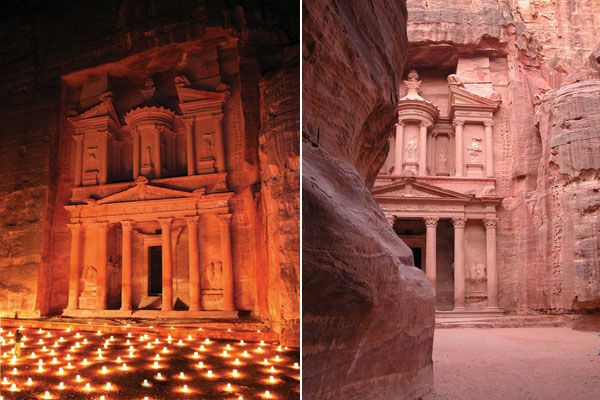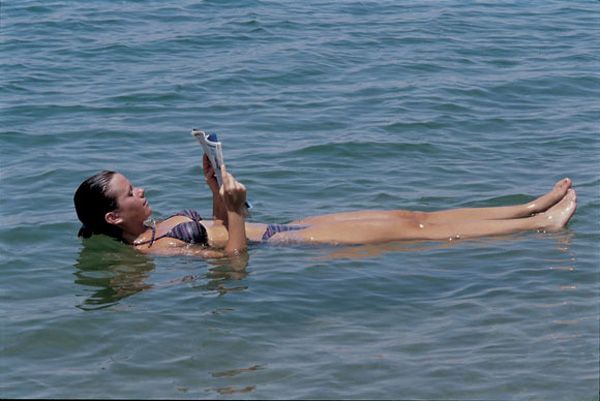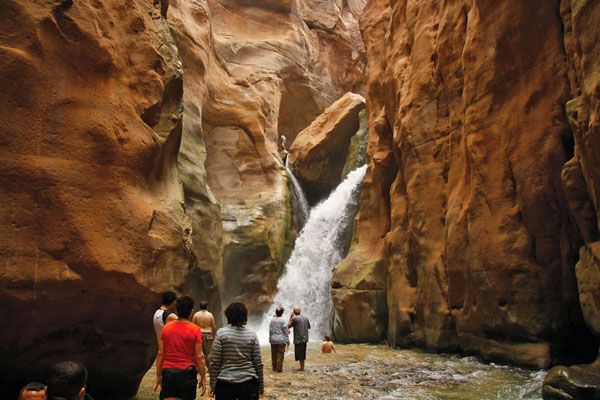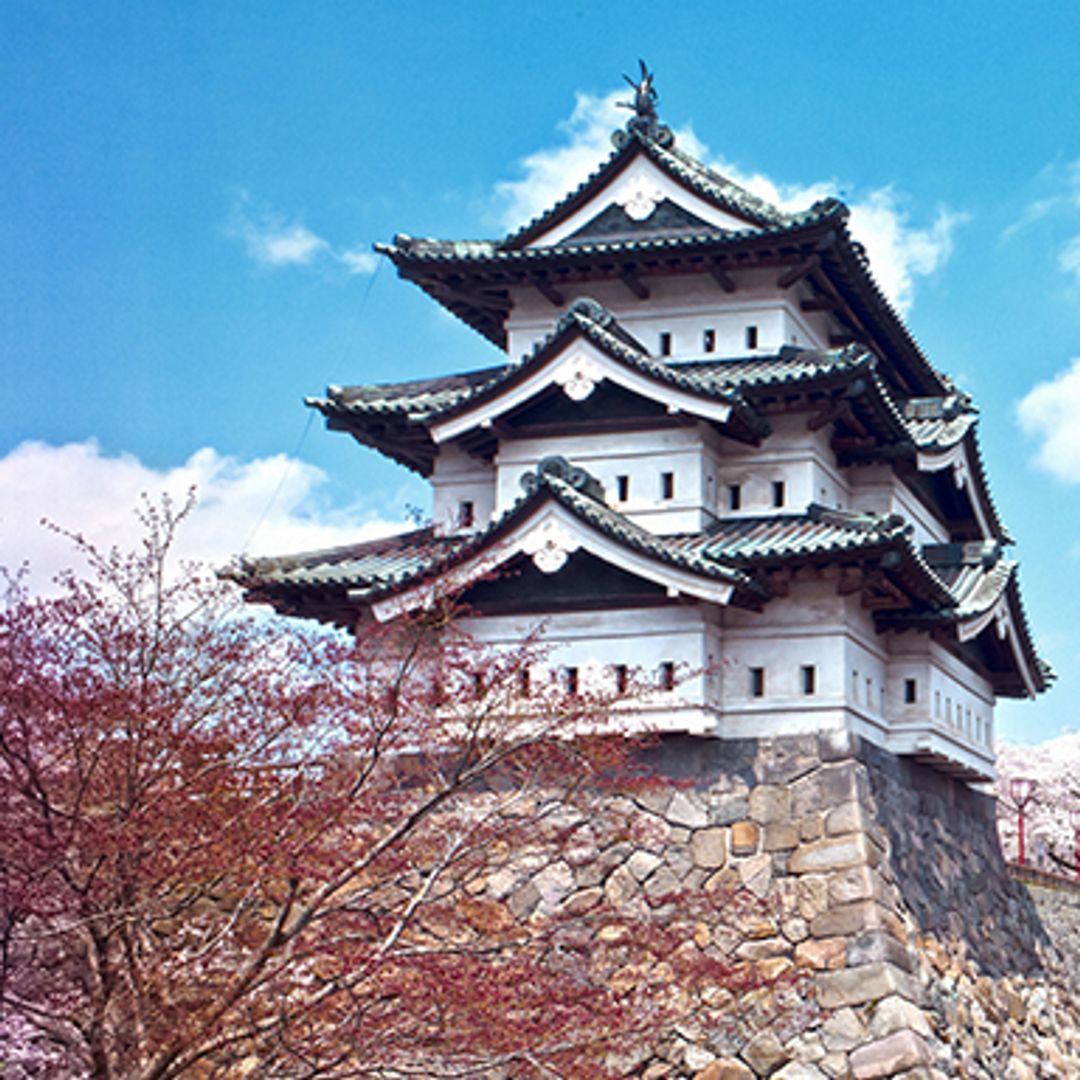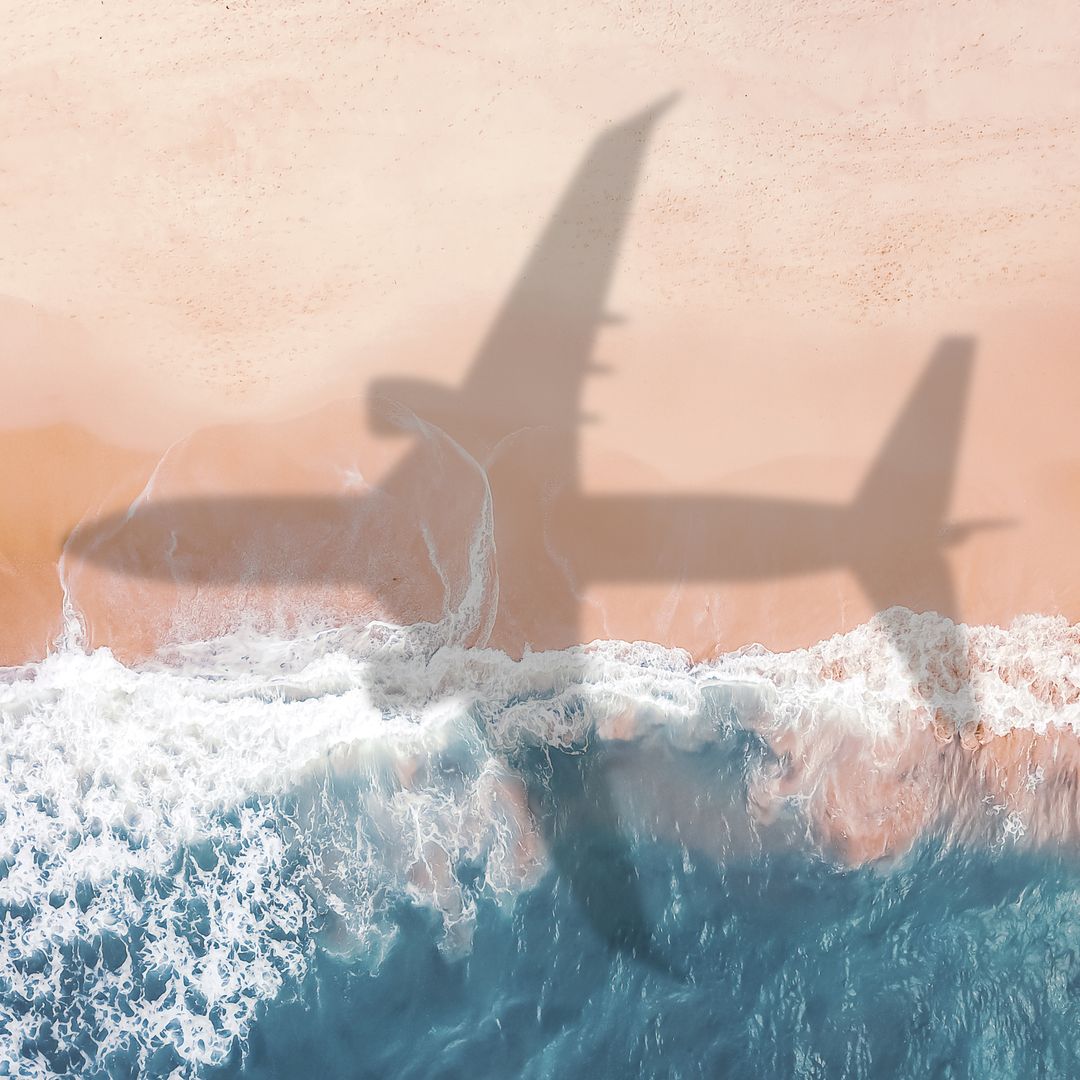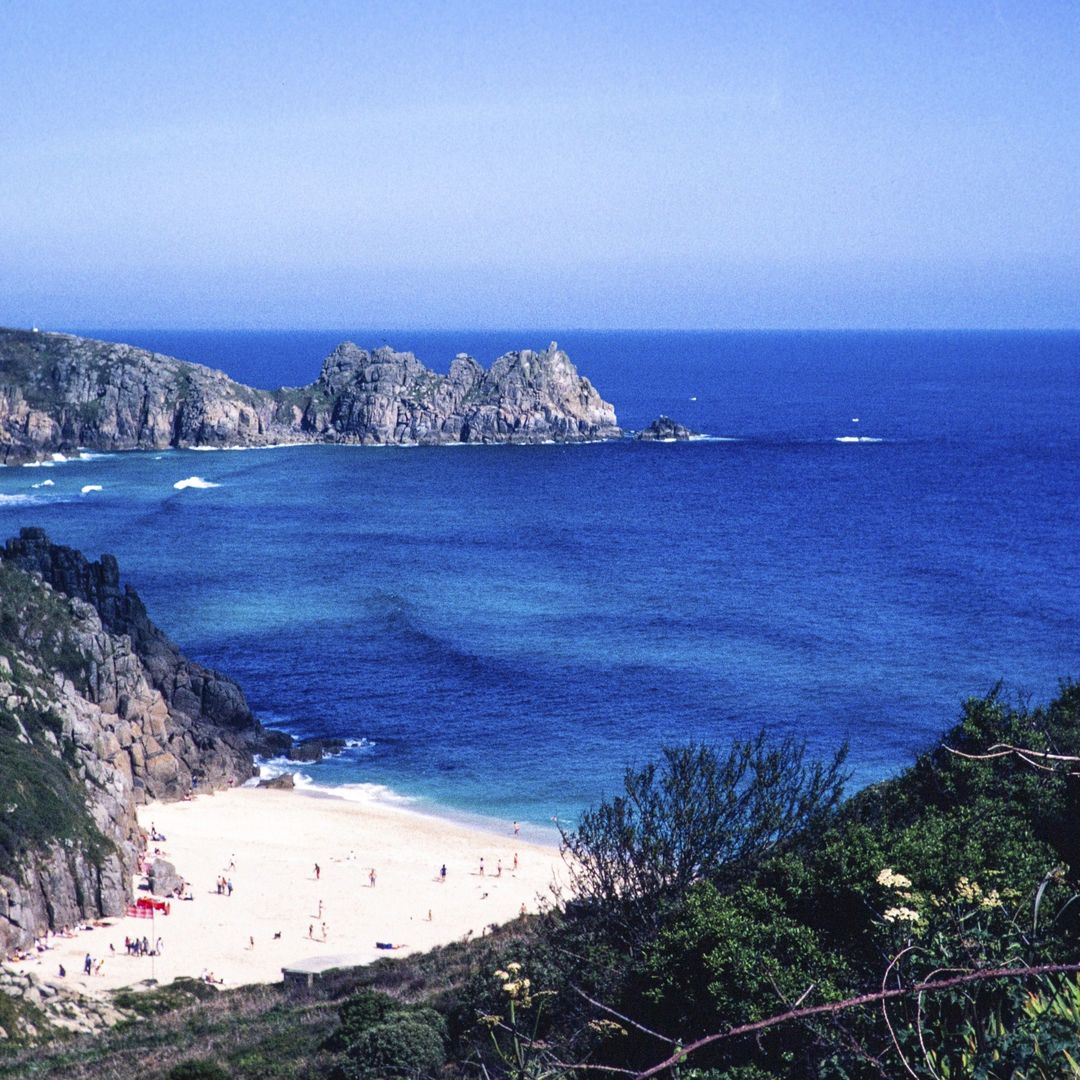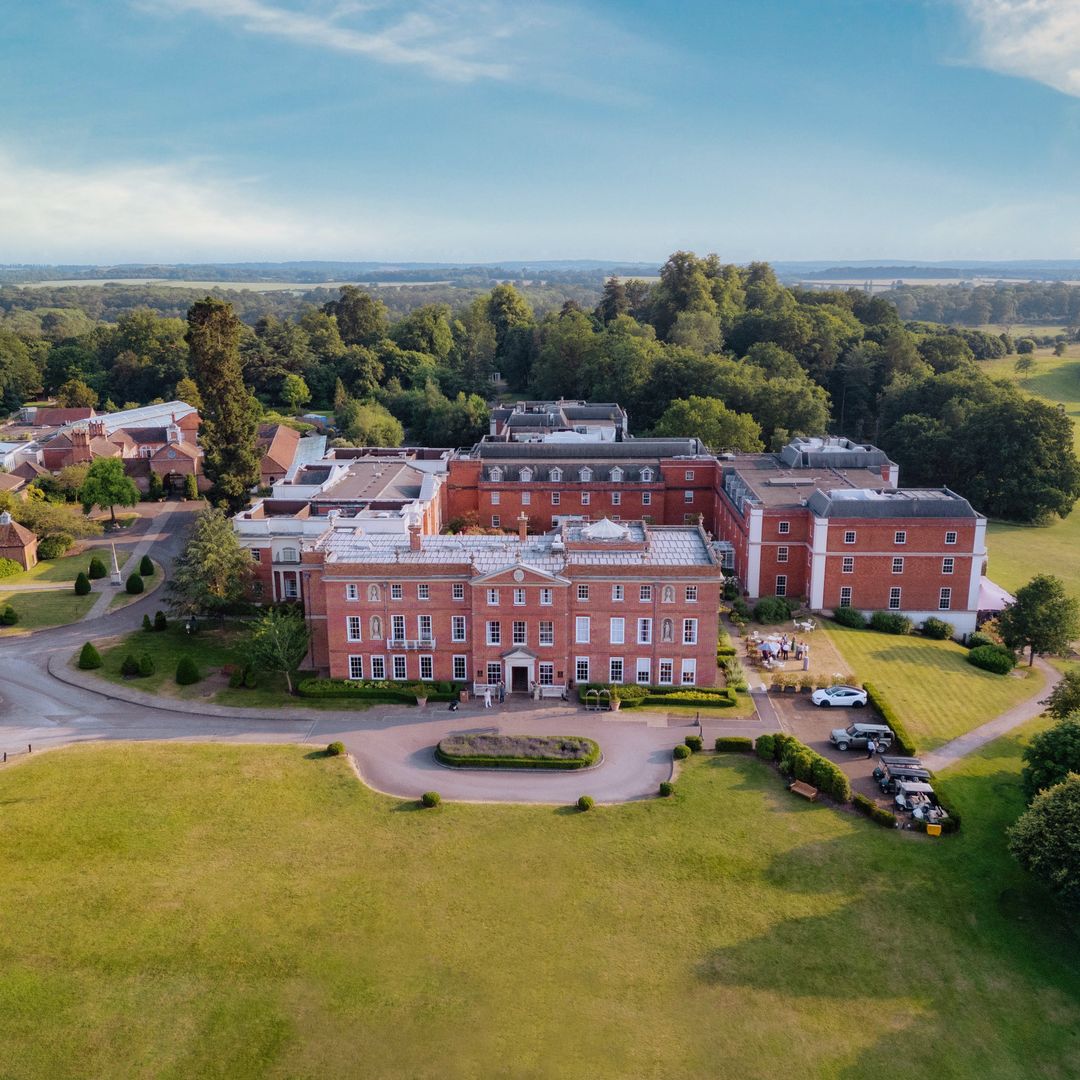Emulate Swiss explorer Johann Burchard, who discovered the city of Petra 200 years ago, by travelling to Jordan in 2012 to discover firsthand one of the new seven wonders of the world. Completely excavated into the rocks, the Nabataeans, a nomadic Arab people from Arabia, converted it into an important crossroads, which joined the silk and spice routes. To ride in a carriage through this impressive gorge either first thing in the morning or in late evening, or to attend a candlelight concert before the facade of the Treasury, is a delight. But Jordan is a country of contrasts, and in addition to architectural and historical jewels like Petra and Madaba, it surprises with its vast natural diversity of such significance throughout the Middle East. What are these ecological jewels in the Hashemite Kingdom that are waiting to be discovered?
Begin your voyage in the capital, Amman, which features the modern Wild Jordan centre, managed by the Royal Society for Conservation of Nature, a building of avant-garde design where you can hire accommodation and guides in the endless natural spaces, including those of Dana and Wadi Mujib, while enjoying an ecological meal in its cosmopolitan restaurant. The entire area around Petra offers dramatic and varied landscapes. The canyons and high places are a maze of wind-sculptured rocks, tiny meandering tracks and secluded valleys, where all you'll hear is the tinkling of goat bells. Only a few miles separate Petra from Wadi Rum, an obligatory stop for those who want to walk on the desert where the adventures of Lawrence of Arabia took place and, at the same time, be dazzled by this haven of tranquility, with its vast, timeless spaces and imposing monolithic rockscapes. Home of the Bedouin people, here you will integrate with them in their semi-nomadic lifestyle, taking part in what's sure to be the most original and unforgettable experience.
Continue to the Ajlun Nature Reserve, which contains infinite forests of oak trees, carob trees, pistachio nuts and strawberries. In this reserve, consisting of a mountainous mediterranean-style territory, live the local soapmakers who produce aromatic soaps with the region's raw materials, and enjoy well-deserved fame at an International level. It's also possible to spot some of the deer that live in protection in this nature reserve. The Royal Society for the Conservation of Nature (RSCN) has created two climbing routes and has a special area for camping. Nearby is the Dibeen Nature Reserve, an area of Aleppo pine and oak that is regarded as an important enclave of biodiversity, where 17 species of animals in danger of extinction are protected. It is the ideal place to have a picnic in the company of Jordanian families who come to this small reserve from Amman to enjoy the bounties of wild nature.
Dana Nature Reserve is a must for nature lovers. Breathtakingly beautiful, it offers a wide variety of landscapes: forested mountain; rocky slopes; sand dunes; and stony deserts. Visitors also have the opportunity to learn about the native inhabitants of Dana, the friendly and hospitable tribe of Ata'ta, who have inhabited this territory for the last 400 years. It contains the beautiful cities of Rummana mountain, the ancient archaeological ruins of Feynan, the village of Dana and the sandstone cliffs of Wadi Ana. A tour of Jordan's natural reserves includes the protected area of Aqaba. Of great importance for its marine flora and fauna, the Gulf of Aqaba is located at the northeast of the Red Sea and is a unique destination for divers. Thanks to the absence of storms and the warm water currents, it is ideal for the growth of corals, but also its natural diversity translates into more than a thousand species of fish, crustaceans and mammals that live in the reefs surrounding the gulf.
Finally, you must see the famous Dead Sea. More than 1310ft below sea level, the lowest point on earth, no one can resist immersing themselves in its warm and salty waters, containing ten times more sodium than the rest of the world's oceans. As it is rich in diverse minerals, most bathers smear their body with the mud from its depths to reap the rewards of the spectacular beneficial power on their skin. Jordan Tourism

